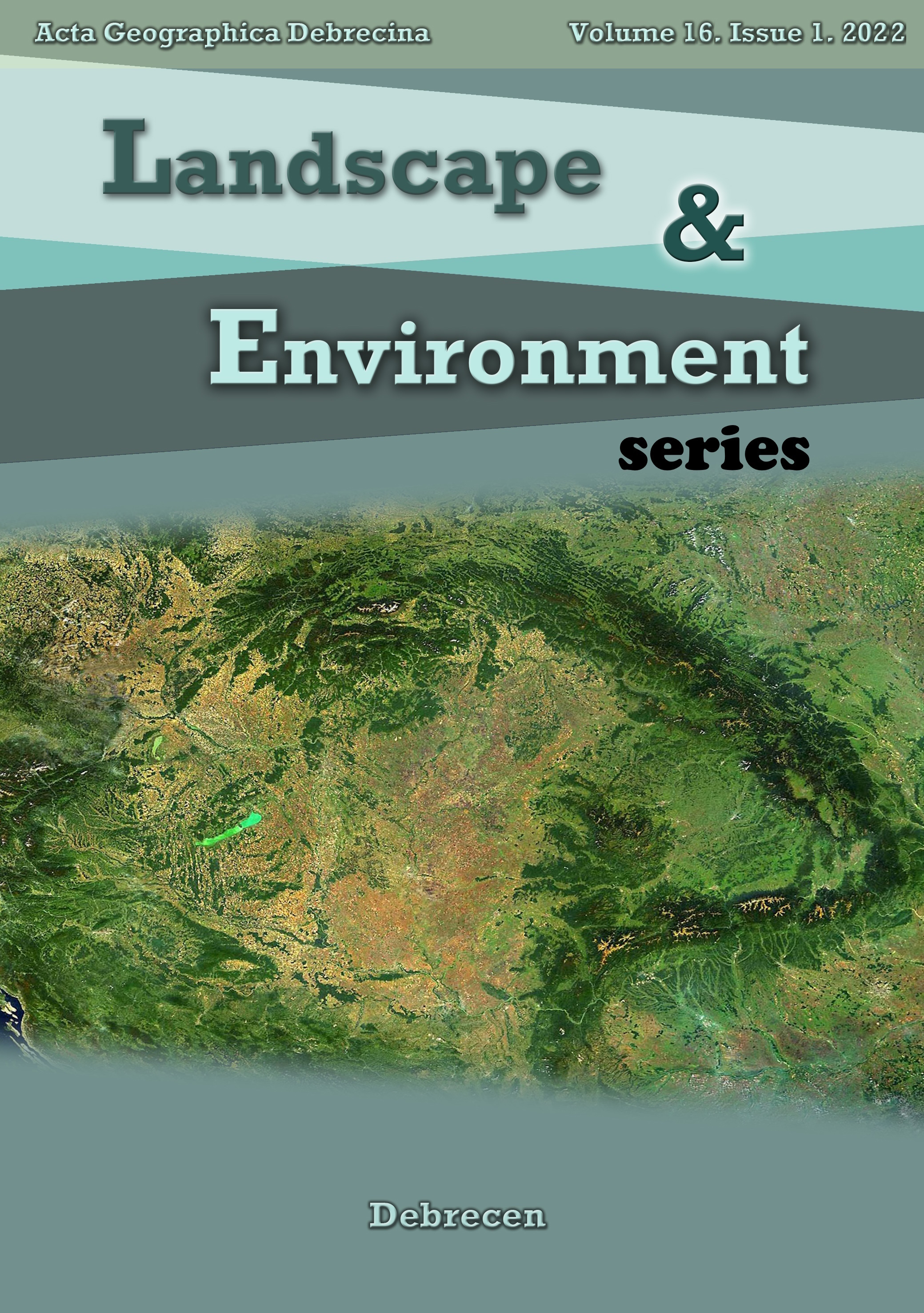Landscape change in Aizawl city: A geospatial approach to assess landscape indices and human-induced transformation
Authors
View
Keywords
License
Copyright (c) 2022 Zulotoshi Imchen, Phiban Khamti Ryngnga

This work is licensed under a Creative Commons Attribution-ShareAlike 4.0 International License.
How To Cite
Abstract
The change in an area’s natural surroundings is called landscape change. This change may be gradual or accelerated depending on the factors that influence the change. Natural elements such as native animals and birds seldom bring about any modification to the environment. However, human-induced change is devastating and severely transforms the environment. Such environmental transformation can be evaluated with the land use/ land cover assessment through satellite imagery and calculation of landscape indices. This paper attempts to ascertain the direction and the nature of the human-induced change in the city of Aizawl. To this end, the city has been divided into four zones to enable inter-zone comparisons. A northeast and southwest direction of human landscape transformation has been ascertained with the help of GIS and remote sensing techniques and landscape indices in Aizawl city.

 https://doi.org/10.21120/LE/16/1/5
https://doi.org/10.21120/LE/16/1/5